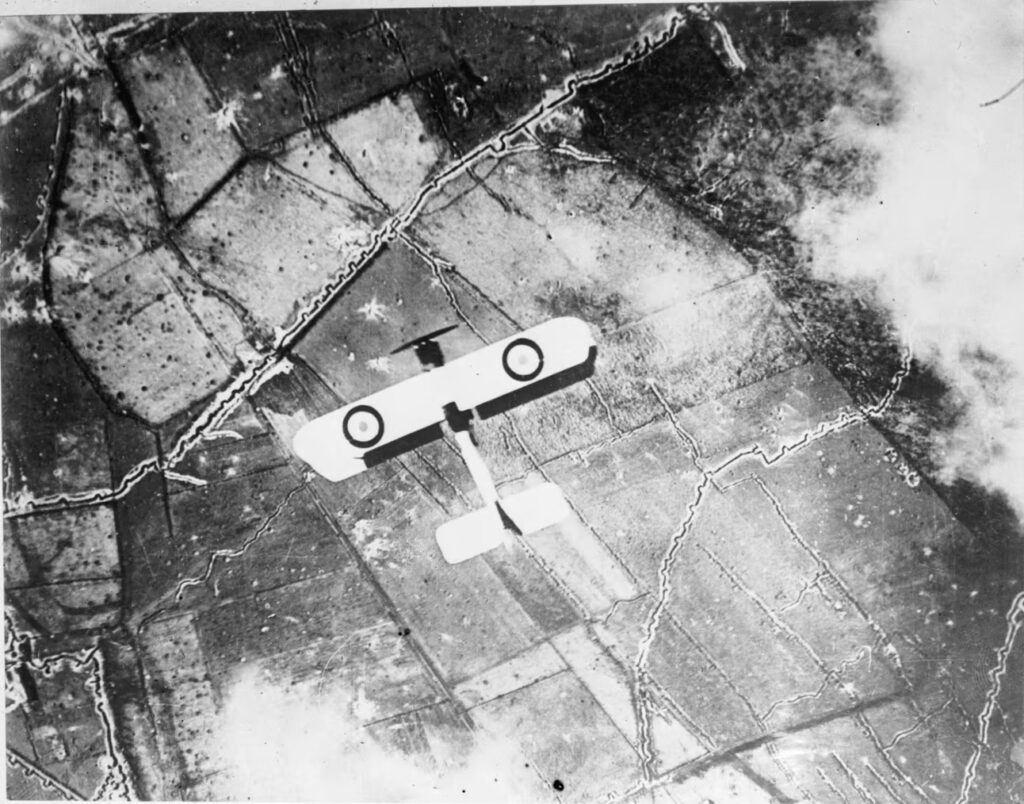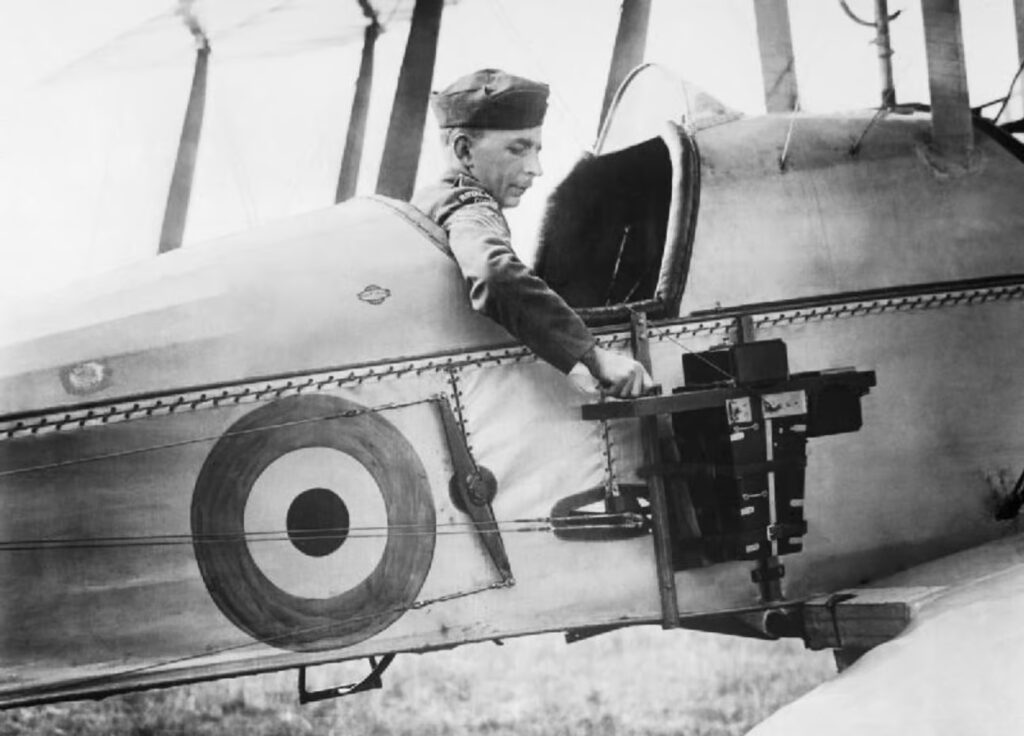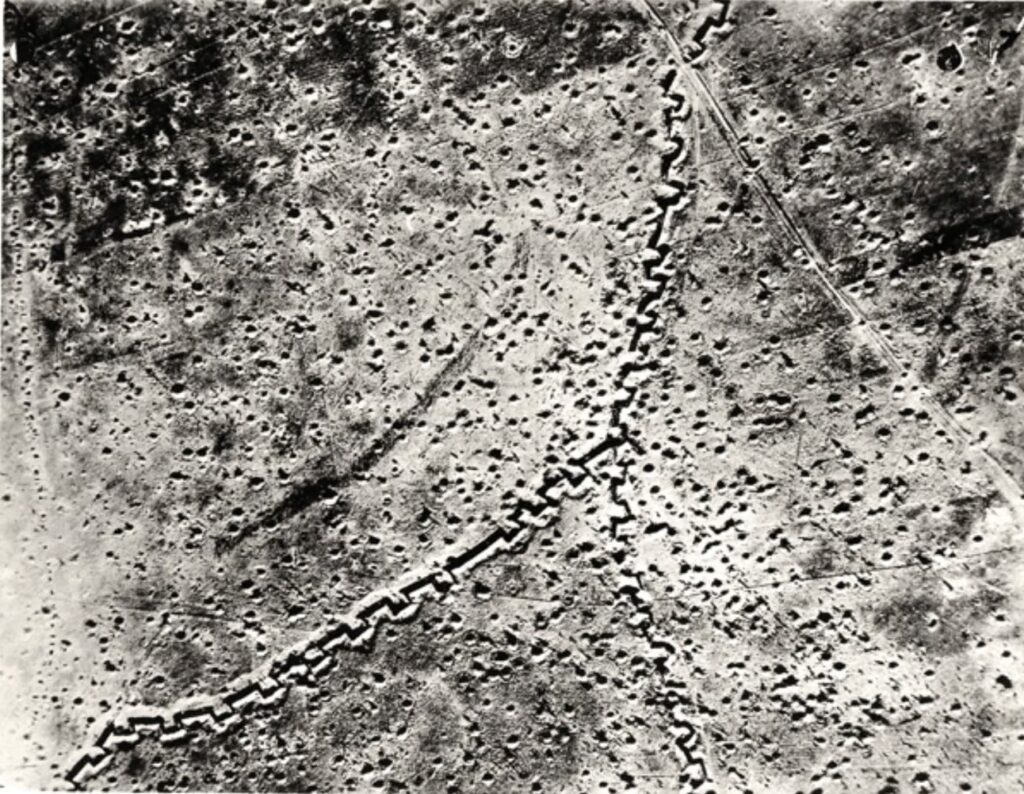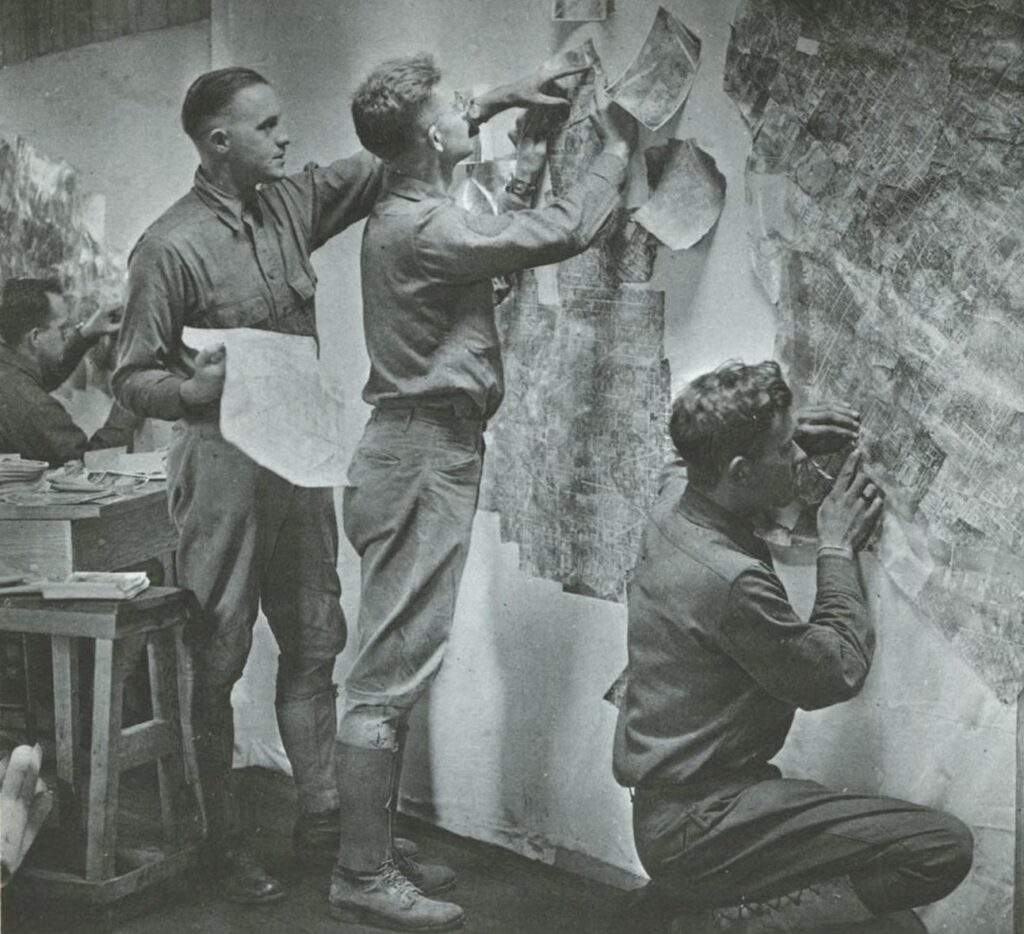World War I is defined by its horrific mechanized violence that slaughtered millions of soldiers. The desperate necessities of that brutal war served as a catalyst for rapid technological development, transforming military tactics in ways never before imagined. One of the most game-changing innovations of the war was in aerial reconnaissance.

At the start of the war, aircraft were used primarily for observation—pilots flew over enemy lines, making notes and sketches of troop movements and fortifications. It quickly became clear that photographs provided far more accurate and detailed information than human observation alone.

This new tool changed the course of many battles. For example, during the 1916 Battle of the Somme, aerial photographs helped the British army understand the full extent of German defenses. With this intelligence, military planners were able to adjust their strategies accordingly.

The sheer volume of images captured during the war meant that interpreting them became a skill of its own. Photo interpretation teams learned to read shadows, study changes in the landscape, and spot subtle details that could signal a hidden threat or an impending attack. These skills became crucial for both offensive planning and defensive preparations.

World War I marked the beginning of aerial reconnaissance photography as an indispensable part of military operations. What started as simple observation flights evolved into one of the most significant tools in modern warfare.
The evolution of aerial reconnaissance and its profound and lasting impact on warfare will be explored further in the upcoming documentary, Through the Lens.
